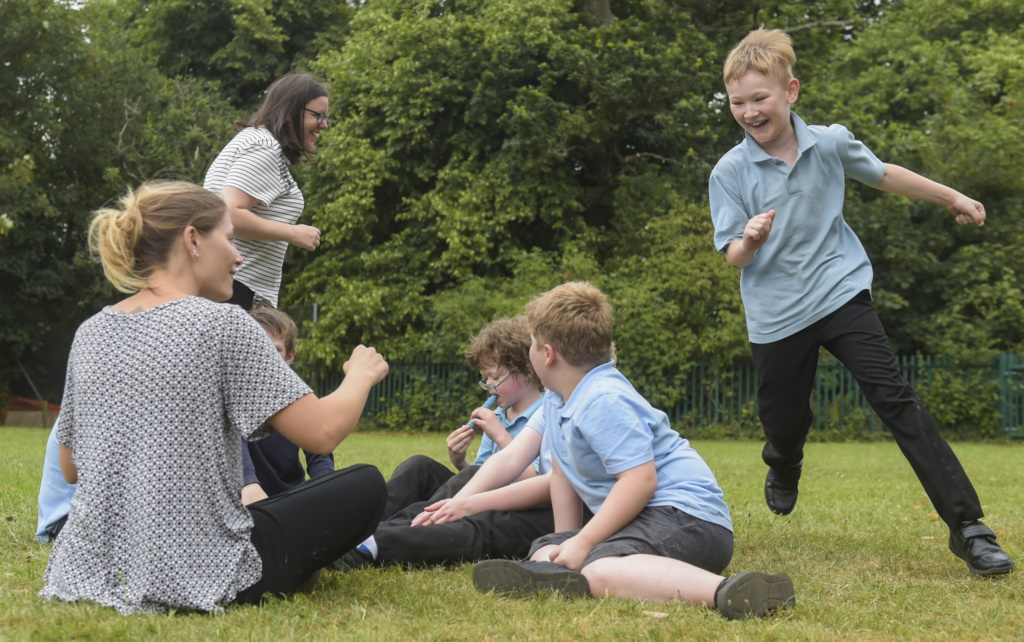

Contextualising trauma
To discuss trauma in this context is to discuss the creation of an environment where children feel safe at school, where their experiences are taken into account, and where they know that they will be supported, understood and heard.
Trauma, the psychological response that happens after witnessing or experiencing a distressing event or series of events, is particularly common in children who have experienced Adverse Childhood Experiences (ACEs). These can be leading causes of both physical and mental illness and can have an adverse effect on children’s ability to be present in an educational context, to learn effectively and to build resilience. Children who have experienced trauma often develop what are known to practitioners as ‘survival behaviours’ to help to manage the extreme stress that trauma can bring. These can include physical violence towards others or themselves, eating disorders, becoming closed off around other people and paying decreased attention to risk.
While these issues are all incredibly serious in their own right and are worthy of intervention, in a school setting there is a combined challenge—how to implement an approach which makes a tangible positive difference to the lived experience of children who have experienced trauma, while also ensuring that in your role as school leader, you are continuing to provide the high-quality educational standards that they deserve.
Research has repeatedly shown that the presence of protective factors in childhood can be incredibly positive in helping children to cope with the detrimental effects of ACEs and improving the life chances of children who have experienced trauma. One such protective factor is access to interventions from emotionally available adults, which act as a buffer to give children who have experienced trauma the space to work through their experiences in a safe and secure environment. This forms one of the key cornerstones of the implementation of trauma-informed practice, which has repeatedly been shown to have a transformative effect on children in schools.
While I strongly believe that a trauma-informed approach is applicable to every type of school, as a leader of an Alternative Provision (AP) provider, this is particularly crucial. Many of our pupils arrive having been permanently excluded from mainstream schooling, often for exhibiting symptoms of survival behaviours. Some of our pupils have special educational needs and disabilities (SEND) or social, emotional and mental health needs, while some come from backgrounds where they experience trauma on a daily basis. Given their backgrounds, for our pupils, it’s critical that we pay attention to their individual circumstances and invest in listening and understanding each of their individual stories.